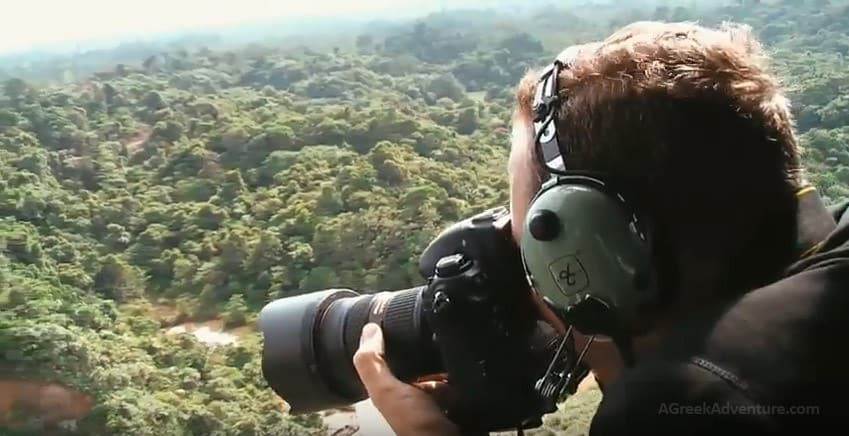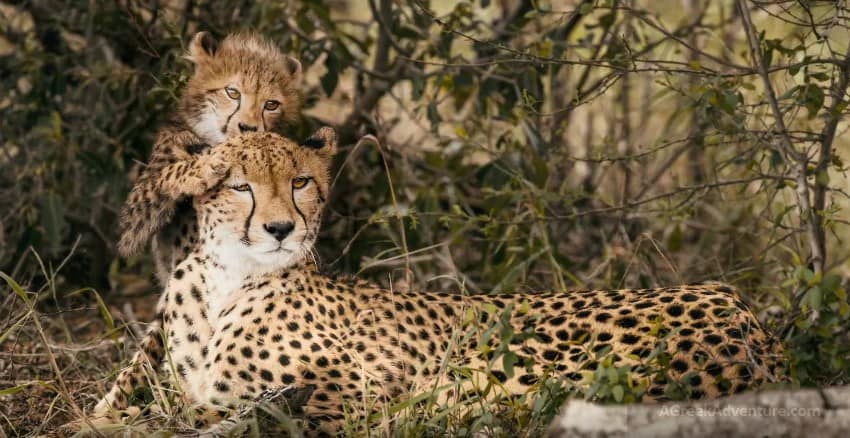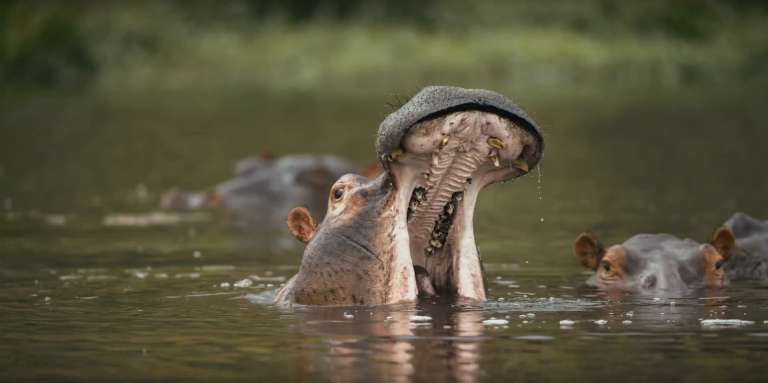Photography jumps to another level by the advancements in technology.
There are different genres of photography, but of all kinds, none is as adventurous as wildlife photography.
Why People Chose Wildlife Photography?
Wildlife photography involves a lot of traveling and hours spent away from family and loved ones.
That calls for a deep spirit of adventure and passion for the wild to make one a wildlife photographer.
Because of the love of nature, there are spectacular moments in the wild that no one would like to forget.
To keep memories of such occurrences, many people chose to be wildlife photographers to document such moments in the form of photographs.
When one develops first love for nature, they will always find a way to pass a conservation message to the people. Since no form of communication is as effective as pictures and videos, many turn out to be wildlife photographers.
What Does It Take to Be a Wildlife Photographer?
Although not embraced by many people, wildlife photography is essential.
Wildlife photography is primarily concerned with bringing to record various forms of wildlife in their natural habitats.
These can be about bird photography, wild animals photography, fish, plants, etc.
Although it might look easy, wildlife photography requires a lot of work.
Not all people who have a camera can make good wildlife photographers.

As a wildlife photographer, one needs to have skills and knowledge of how different animals behave since some animals are very difficult to approach either in remote locations or in national parks.
Quality photographs require the use of specialized equipment.
Equipment such as macro lenses for capturing insects and long focal length lenses for capturing birds are necessary for a successful wildlife photography session.
For aquatic photography, you need waterproof cameras and excellent lenses.
Excellent wildlife photography significantly depends on the timing and positioning of the photographer. A photographer studies the behaviors of the targeted animal to anticipate the moments to be captured.
Wildlife Photography Means Lots of Traveling
To take wildlife photos, photographers are frequently required to go to remote areas to capture a specific species adapted to particular environments.
That requires sacrifice for social life.
Traveling to new places is always a challenge, especially in areas where the language is a barrier.
Besides, the cost of traveling to various parts of the world, as well as acquiring the required gear, is very high.
For instance, a photographer from the United States may have to travel to Africa to cover a particular species.
The transports, as well as accommodation costs, are incredibly high, this, therefore, requires sacrifice.
Out in the Wild
When out in the field, it requires a considerable measure of patience to capture the best moments.

For instance, a photographer will have to wait patiently until it’s time for animals to go to the water point if he needs to take photographs of animals that live deeper into the forest.
In many places, the evening sun creates the best photographs.
A photographer will, therefore, be patient through all day and be present at the right time of day to capture the best out of the setting sun.
Planning for Wildlife Photography
Just like any other activity, planning is key for wildlife photographers.
Read this post for planning a photography trip.
Wildlife photography is quite different from, i.e. food photography, but not less creative.
Before setting out, the photographer should have in mind a preview of the destination.
They should be aware of the terrain for proper positioning and timing for the photography session.
The photographer must have adequate information for the climatic conditions of his destination.
If the visited place is prone to rain, then one should carry enough protection to protect the equipment during the photography session.
Planning also gives the photographer room to choose the best mode of transport and accommodation.
When moving through a game park, one will need a vehicle for security purposes.
However, an area where vehicles cannot pass, and the place is free of dangerous animals, the photographer may use a bike to move around.
Different countries have different policies; therefore, before a wildlife photographer sets out, they need to have adequate knowledge of the laws governing photography in places they are visiting.
Some countries charge people to take photographs of the wildlife which they regard as National Heritage whereas some allow free photography.
Taking photographs of fierce animals such as lions, tigers, and snakes require courage.
As a wildlife photographer, one needs to have the courage to stand and focus on an animal during its spectacular moment.
Poisonous animals such as snakes are a threat to the safety of the photographer while at work.
Traveling as a Wildlife Photographer
For easy traveling, as a photographer, one needs to identify an excellent tour and travel company. These travel resources are handy.
They need support and someone to watch their back.
This will guarantee secure accommodation for both the photographer and the photography equipment
An excellent camera and lens (usually telephoto lens and wide-angle lens) are necessary for great images in nature photography. Especially if you want to capture the national geographic style while shooting wildlife. All that gear is not cheap.
Since such companies have agents in many places, the photographer can learn about the new location even before they visit.
Last but not least, travel insurance and equipment insurance are a must, and not just for wildlife photographers.
